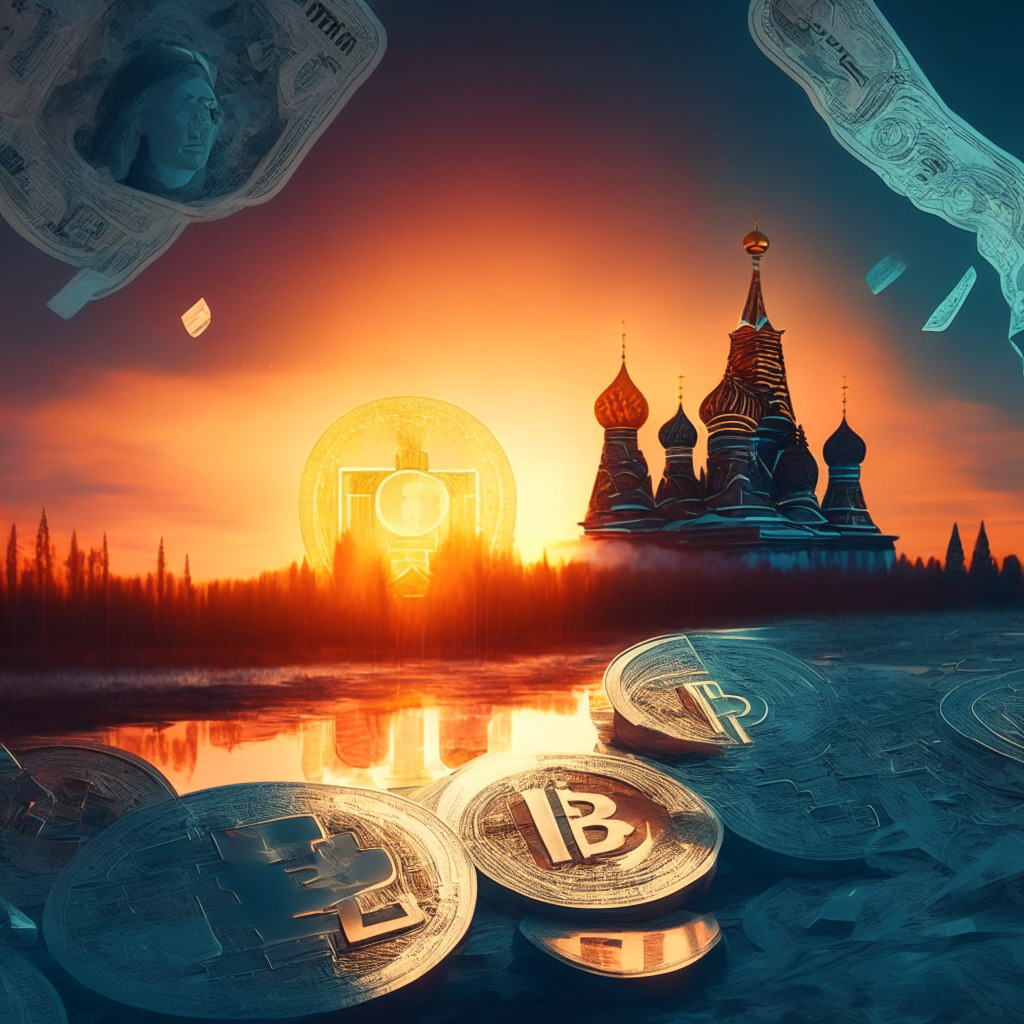The cryptocurrency landscape in Russia is taking a significant leap with the signing of a new law by President Vladimir Putin. This law, which officially comes into play on 1st August 2023, introduces a digital ruble as a means of money transfer and payment.
This leap forward for digital currency ushers in new opportunities and challenges alike. On one side, a Central Bank Digital Currency (CBDC) such as the digital ruble can streamline transactions and potentially slash payment and transfer costs. On the flip side, the centralization of digital currency represents an extension of governmental control, stirring apprehension among crypto enthusiasts who champion decentralization.
But what sets the digital ruble apart? The newly sanctioned law dictates that the Russian Central Bank will be the chief operator of the ruble’s digital infrastructure. Additionally, it will bear full responsibility for the assets stored as part of this system. Moreover, as declared by Bank of Russia Governor Elvira Nabiullina, the use of digital rubles will not be obligatory for Russian citizens. This leaves users with the liberty to adopt the digital ruble according to their preference.
Nevertheless, despite this progress, the response from the populace might be tepid initially. According to the Bank of Russia Deputy Governor, Olga Skorobogatova, there isn’t an anticipation for a mass adoption of the digital ruble in Russia before 2025 or 2027.
While the authorities have shown promptness in accepting the digital ruble, inconsistencies persist. There continues to be a postponement in the introduction of cryptocurrency regulation, as demonstrated by several past delays. In a recent pledge, State Duma Official Anatoly Aksakov promised to pass four bills related to crypto mining, taxation, and international settlement crypto. But so far, much hasn’t moved along those lines.
Correspondingly, while the digital ruble signifies a step forward into the digital currency age for Russia, questions linger about the broader crypto landscape and how digital currencies will coexist with government regulations. It also throws a spotlight on how these regulations will impact the growth and acceptance of digital currencies globally.
In conclusion, the advent of the digital ruble signifies a new chapter in Russia’s financial history. However, the real litmus test lies in its acceptance by the people, its seamless integration into the existing financial structure, and its ability to coexist with other cryptocurrencies.
Source: Cointelegraph




